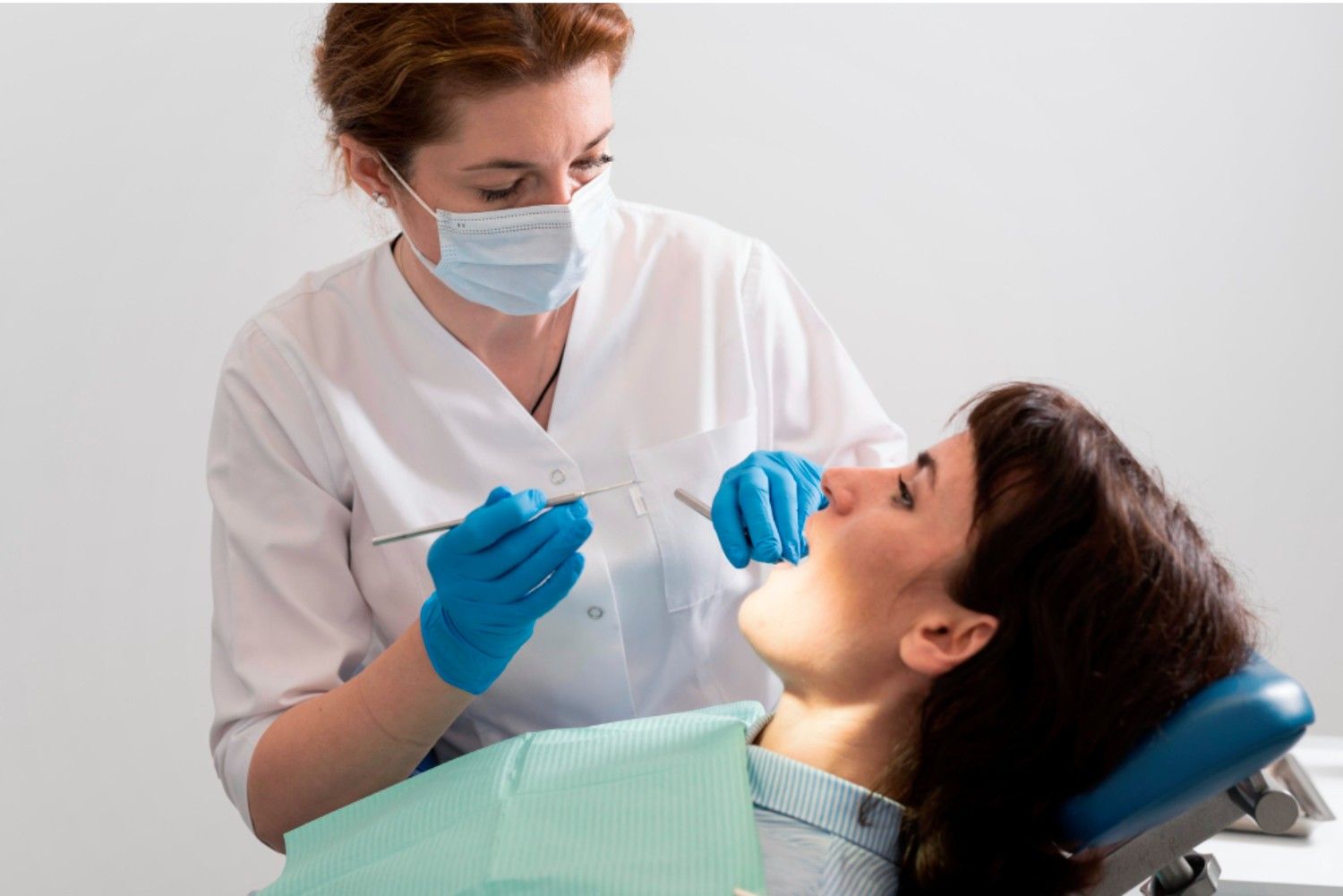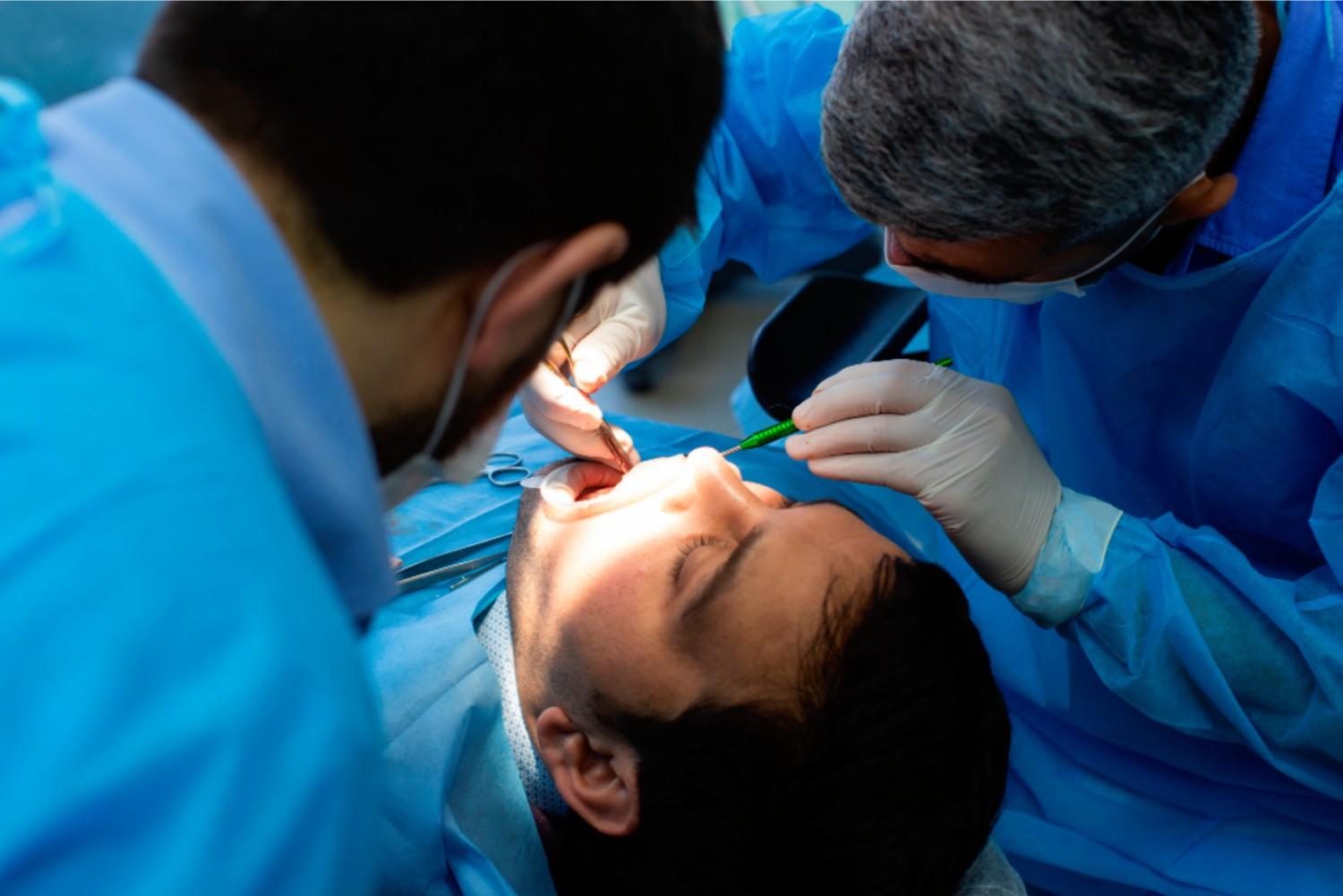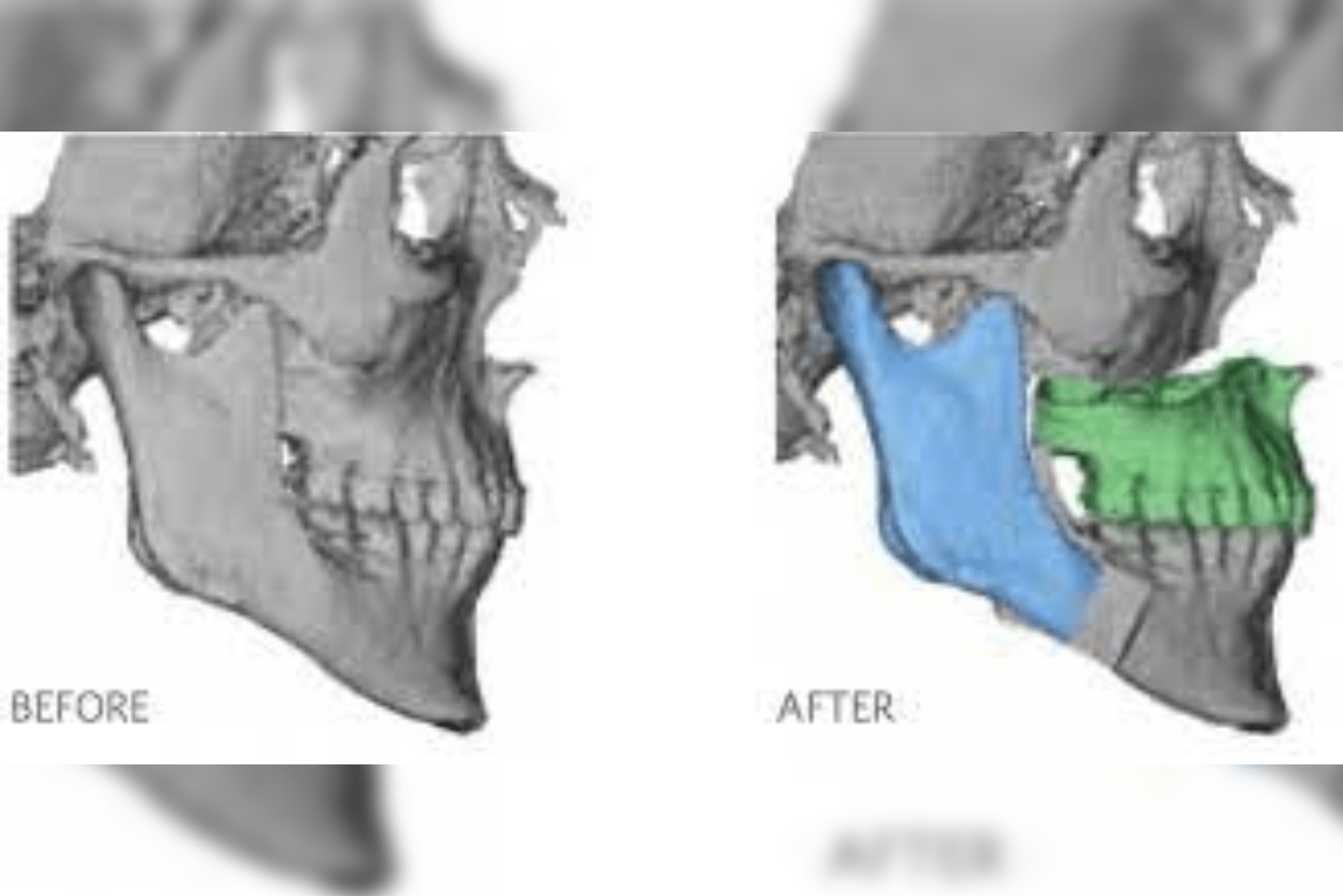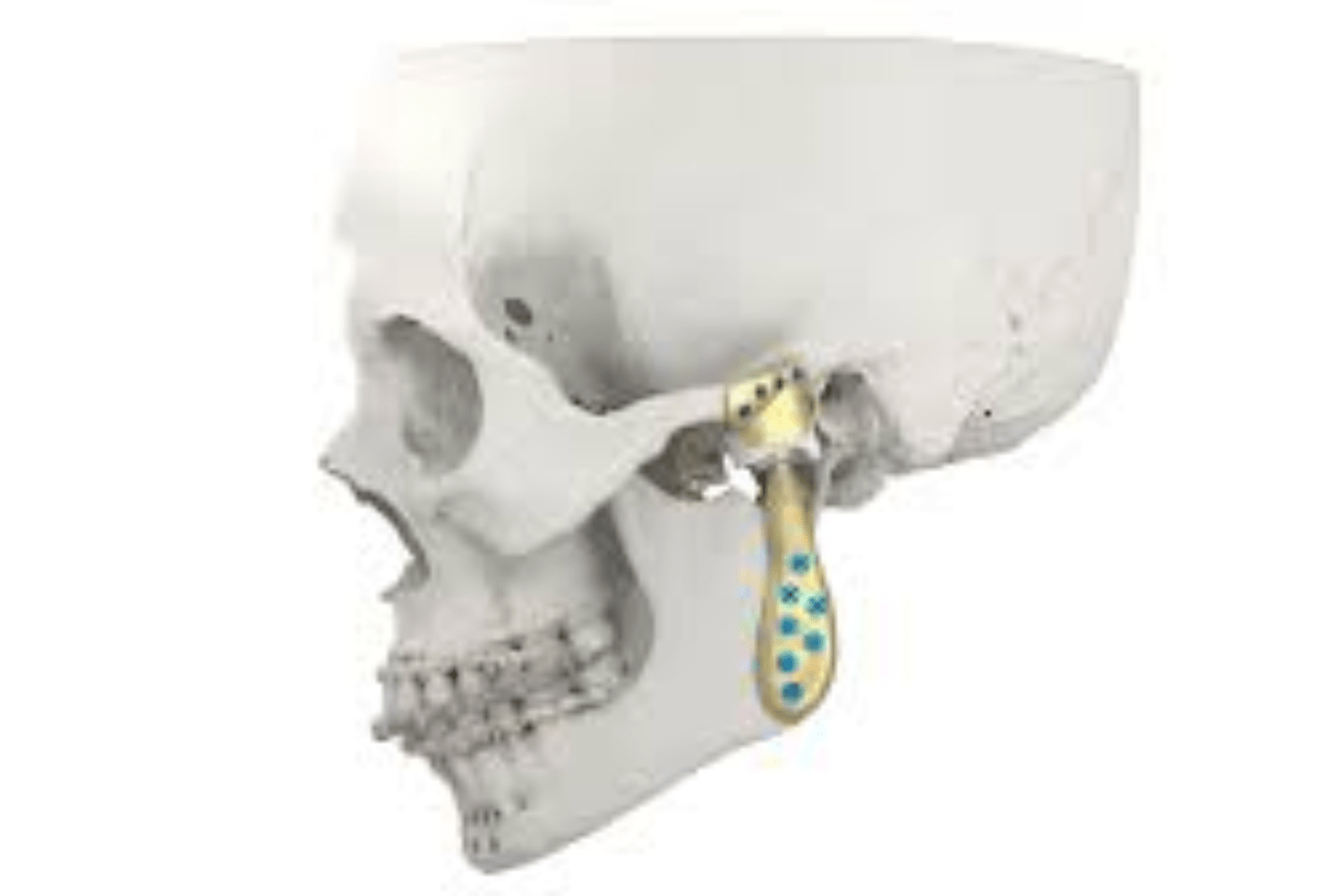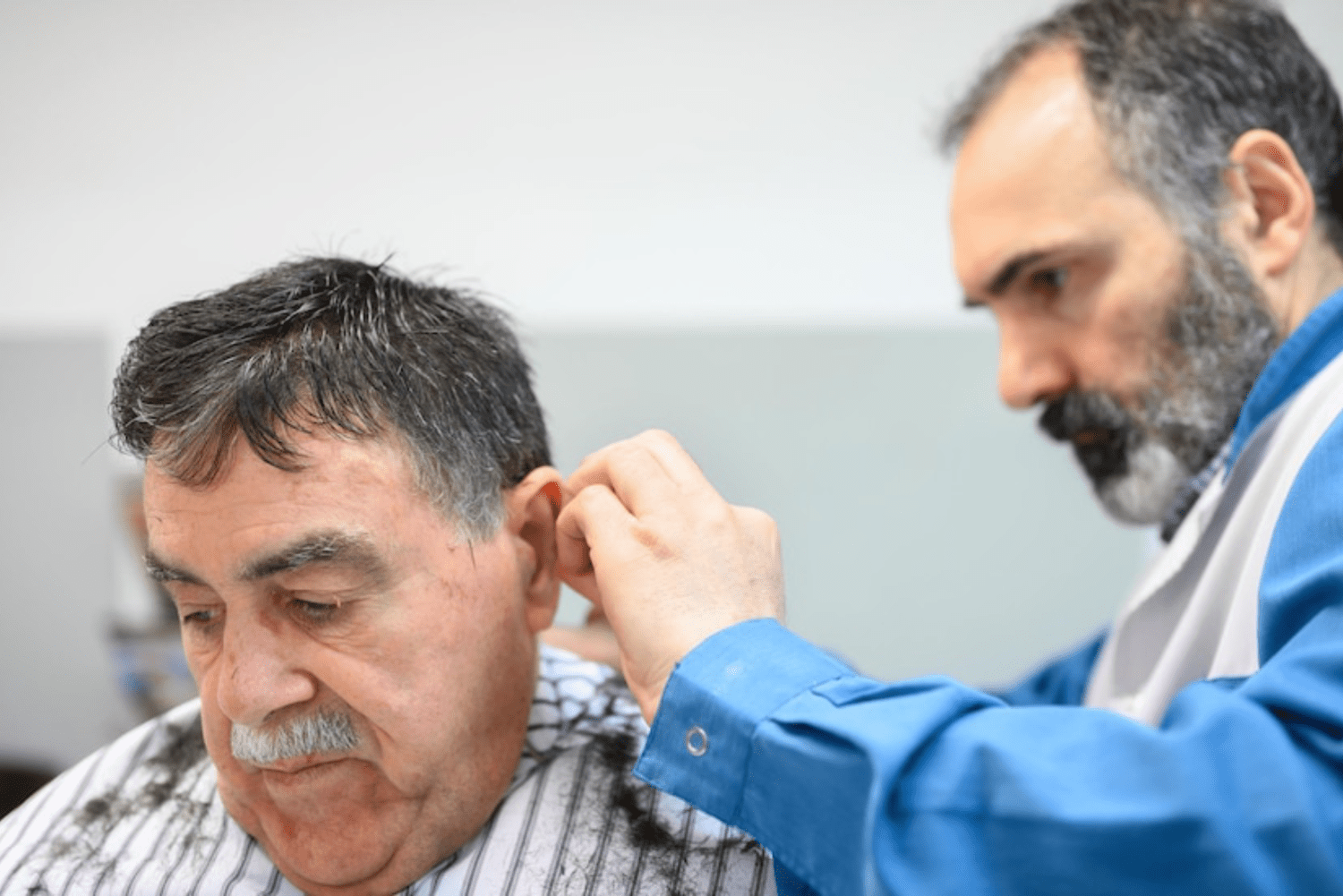Obstructive Sleep Apnea (OSA) is a common sleep disorder where breathing repeatedly stops and starts during sleep. It’s not just heavy snoring; it’s a serious condition that can affect your quality of life and overall health.
What is Obstructive Sleep Apnea?
OSA occurs when your airway is small and muscles in the back of your throat relax during sleep to allow normal breathing. When these muscles relax, your airway narrows or closes as you breathe in, and you can’t get enough air. This can lower the level of oxygen in your blood. Your brain senses this inability to breathe and briefly rouses you from sleep so that you can reopen your airway. These awakenings are usually so brief that you don’t remember them.
Causes of Obstructive Sleep Apnea
1. Obesity: Excess weight can build up fatty tissues and fat deposits around your upper airway, obstructing your breathing.
2. Genetics:A narrow airway, thick neck, or large tonsils can run in families.
3. Age:As you get older, your risk increases because the muscles in your throat become less effective.
4. Sex:Men are more likely to suffer from OSA than women, although the risk increases for women after menopause.
5. Medical Conditions:Conditions like nasal congestion, smoking, diabetes, and high blood pressure are risk factors.
Symptoms of OSA –
• Loud snoring
• Episodes of stopped breathing during sleep
• Gasping for air during sleep • Waking up with a dry mouth
• Morning headache
• Insomnia
• Excessive daytime sleepiness
Jaw Surgery to Correct OSA Jaw or Orthognathic surgery, also known as corrective jaw surgery, can be a definitive treatment option for OSA. This surgery repositions the jaws to enlarge the airway by advancing and rotating the jaw, which helps reduce or eliminate the sleep apnea symptoms.
How Jaw Surgery Works
1. Pre-Surgical Evaluation: A thorough evaluation includes sleep studies, imaging, and consultations with a sleep specialist, orthodontist, and an oral and maxillofacial surgeon.
2. Planning:Advanced software and 3D models are used to plan the surgery. The surgeon decides how to move the upper and lower jaws to maximize airway space.
3. Surgery:During surgery, which is done under general anesthesia, the surgeon makes precise cuts in the jawbones. The upper jaw (maxilla), lower jaw (mandible), and sometimes the chin (genioplasty) are repositioned.
4. Recovery:After surgery, you may need to stay in the hospital for a few days. Recovery involves a liquid diet, pain management, and gradual reintroduction to normal foods. Full healing can take several weeks to months.
Follow-Up: Regular follow-up appointments ensure proper healing and adjustment. Benefits and Risks Benefits: – Improved breathing during sleep – Reduction or elimination of OSA symptoms – Less or minimum pain as we don’t interfere with uvula, pharynx or other soft tissues which touched otherwise may lead to speech derangements and other issues. Thus this particular type of treatment is not only effective but comes with no or minimum side effects. – Enhanced quality of life
Orthognathic surgery is a significant procedure with a profound impact on OSA.
If you think you have OSA, consult your healthcare provider to discuss all potential treatment options and see if this surgery is right for you. By understanding OSA and the corrective potential of jaw surgery, you can make informed decisions about your health and sleep quality and thus sleep better for the overall well being.


